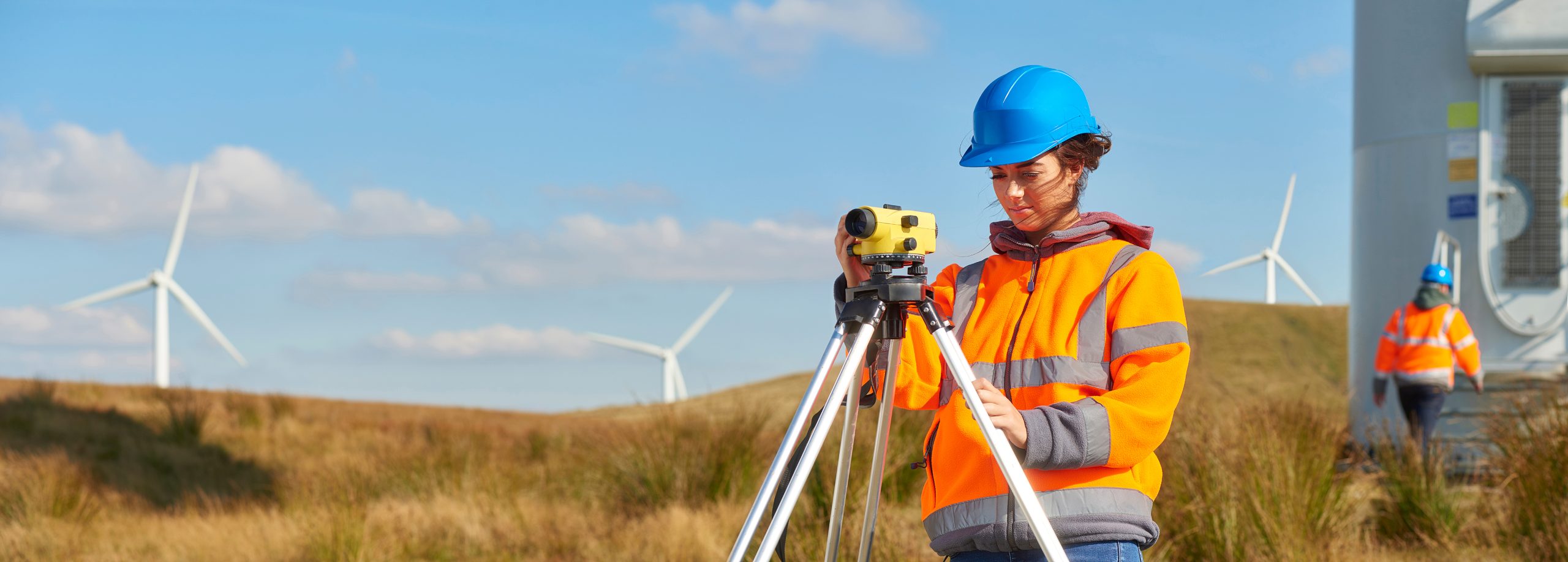Green isn’t a color typically associated with buildings. But it’s a concept that’s gaining a lot of ground among construction firms and investors. If your firm is involved in green projects, you can use that as a differentiator to attract and win business.
Green buildings offer environmental, economic and social benefits that can’t be denied. Construction firms who participate in green building projects demonstrate their commitment to globally relevant initiatives, such as addressing climate change and creating sustainable communities.
Green is Becoming Mainstream
According UNEP, the building sector has the largest potential for reducing greenhouse gas emissions significantly, compared to other sectors. Savings could reach as much as 84 gigatonnes of CO2 (GtCO2) by 2050, in the from energy efficiency, fuel switching and renewable energy. In Australia, green buildings are producing 62% fewer greenhouse gas emissions and 51% less potable water than average (non-green) buildings. And green buildings with LEED certification in the U.S. consume 25% less energy and 11% less water than non-green buildings.
These statistics are powerful, and they’re causing a shift in construction practices. Ever since the U.S. Green Building Council launched its LEED-Neighborhood Development initiative in 2012, green district certifications — such as EcoDistricts and the Living Community Challenge (LCC) — have been gaining traction, promoting net zero energy geared toward a wider range of communities. LEED-Neighborhood Development primarily serves mixed-use projects by private developers, EcoDistricts and LCC meet the needs of communities with multiple owners, and another platform, 2030 Districts, caters to commercial districts.
What are Some Examples of Green Building?
Here are just a few of the elements of green construction that contribute to the cost savings and environmental benefits:
- Advanced Framing techniques use roughly 30% less lumber while creating a structurally sound building with improved energy efficiency. Standard dimensions, engineered wood and stacked floor plans reduce the overall volume of lumber used as well as the volume of waste.
- Placing the hot water heater near the highest point of usage increases efficiency.
- Insulating hot and cold water pipes within three feet of the water heater reduces heat loss.
- Energy-efficient household appliances (i.e. Energy Star) use 10-50% less energy and water than standard models.
- Air sealing/advanced caulking as part of the airtight drywall approach (ADA) minimizes heat loss.
- Insulation is an important part of green construction. There are environmentally friendly products available.
- Solar power options reduce energy consumption.
- High-efficiency lighting systems with advanced lighting controls can replace traditional incandescent lights with energy-efficient compact fluorescent bulbs that use 75% less electricity and last up to 10 times longer.
- Low-VOC paints are the best choice. Non-toxic ceramic powder mixed into interior paint insulates walls and reduces heat loss, while creating a radiant barrier that reflects heat back into the building.
These are just a few examples of green building techniques. As more firms adopt the practice, additional techniques will appear on construction sites across the country, until it becomes the norm.
Developers and Construction Firms Share the Benefits
Importantly, green buildings promise lower construction costs for firms, and can offer higher property value for developers, particularly when the specification for green features are incorporated in the earliest planning phases. Research shows there’s no significant difference between the average cost of a LEED-certified construction and non-certified construction.
In fact, the high cost of high-performance windows is offset by the elimination of costly heating, ventilation and HVAC systems required in non-green buildings. According to Dodge Data & Analytics, building owners report that green buildings command a 7% increase in asset value over traditional buildings. Developers also enjoy lower utility bills and increased occupancy rates.
Document and Market Your Green Building Processes with Construction Cameras
Construction cameras can be used to document and market green projects. Imagine live streaming footage of green processes taking place during construction (with solar powered cameras!)– or a campaign around green construction featuring actual photos or video from your projects.
Video documentation not only protects your firm by proving green building processes were followed consistently, but demonstrates your commitment to green construction and can back up efforts to establish leadership in in this growing movement.
TrueLook offers a selection of advanced construction cameras and solutions for various types of projects. Learn more and see a demo here.


